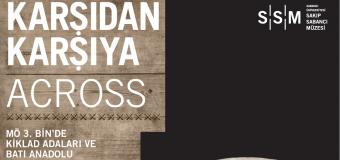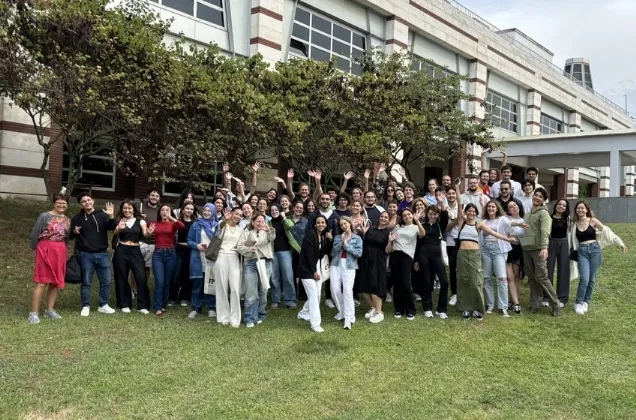25/05/2011
The exhibition, entitled “Across - The Cyclades and Western Anatolia During the 3rd Millennium BC” is composed of artifacts from various Turkish museums as well as the National Archaeological Museum and the N. P. Goulandris Foundation Museum of Cycladic Art, Athens. It examines the relations between the Cyclades in the Aegean and the nearby Anatolia that gave rise to reciprocal influence, creating two cultures which are similar in many respects, nonetheless maintained distinctive regional characteristics.
The exhibition, which marks the first official cooperation between museums of Turkey and Greece, will be open to visitors from May 24th to August 28th 2011.

With this exhibition, the Sakıp Sabancı Museum hosts artifacts from the extensive collections of the National Archaeological Museum and the N. P. Goulandris Foundation Museum of Cycladic Art, Athens, along with findings of the same period from Anatolia, collected from 15 Turkish museums.
The exhibition will display the interaction between the civilizations in Western Anatolia and Greece that date back to the 3rd Millenium BC, and by doing so, aims to contribute to the intercultural dialogue. The exhibition, in which the 5.000 years old trade and cultural relations between these two sides of the Aegean Sea is brought to light, hosts many pieces from the Early Bronze Age, including examples from the Cycladic art, figurines, ceramics and bronze tools. Its most striking part is the Cycladic figurines that portray human figure with abstract lines and has been a source of inspiration to many famous artists of the 20th century.
A 14 meters long exact replica model of the Cyladic ships stands out as one of the most impressive pieces of the exhibition. The replica shows the impact of the Cycladic ships on the interaction between the two cultures, as they were the only way of transportation between the two sides of the Aegean for a long time.





